For more than seventy years, Pluto was the ninth planet in the solar system, until in 2006 the International Astronomical Union (IAU) “reduced it to the rank” of a dwarf planet. But this does not make Pluto less in any way. We have collected twelve most interesting facts about this distant and unusual world.
Pluto was discovered while searching for planet X
Pluto was discovered on February 18, 1930 by astronomer Clyde Tombaugh, who worked with the Lowell Observatory telescope. He was looking for planet X — a hypothetical celestial body that affects the orbit of Uranus. Tombaugh used a blink comparator, a device that compares two images of the same part of the sky to detect shifting objects which may turn out to be yet undiscovered planets. Pluto was found in photographs taken by Clyde Tombaugh on January 28 and 29, 1930.
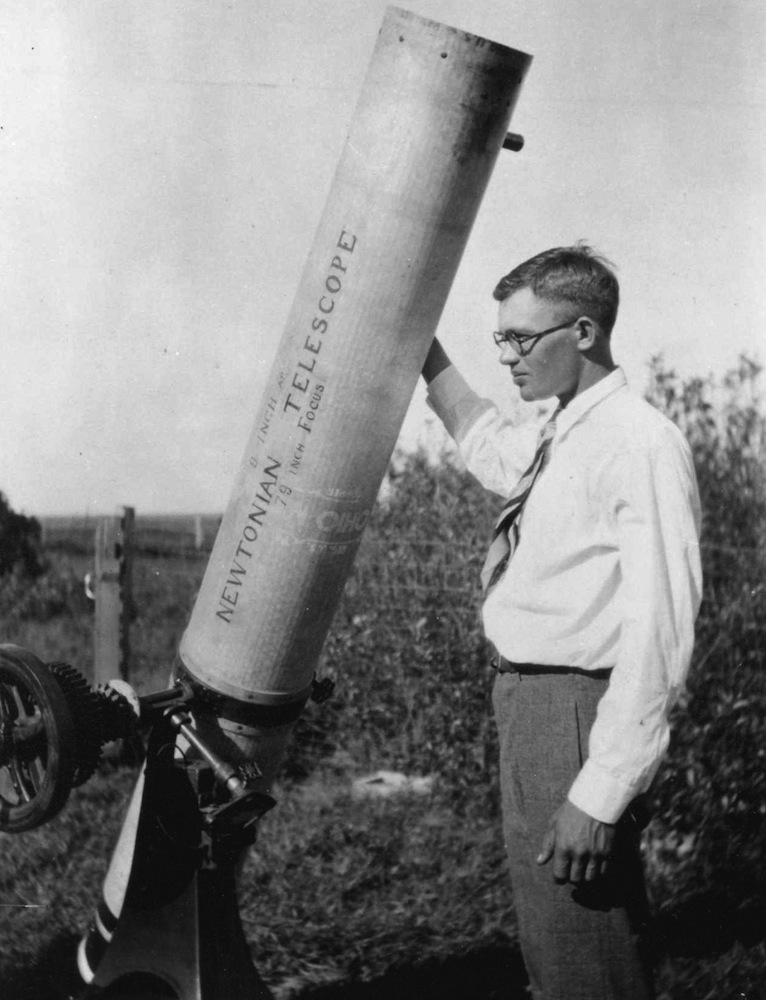
Pluto could had been discovered decades earlier
As is often the case in astronomy, Tombaugh was not the first to see Pluto. Its image was earlier obtained in a photograph taken by Edward Barnard in 1909. But the object of his observations was not searching for planets, but Halley’s Comet. Therefore, the astronomer had no chance to realize that a small dot on the photographic plate was not one of many stars, but something more uncommon.
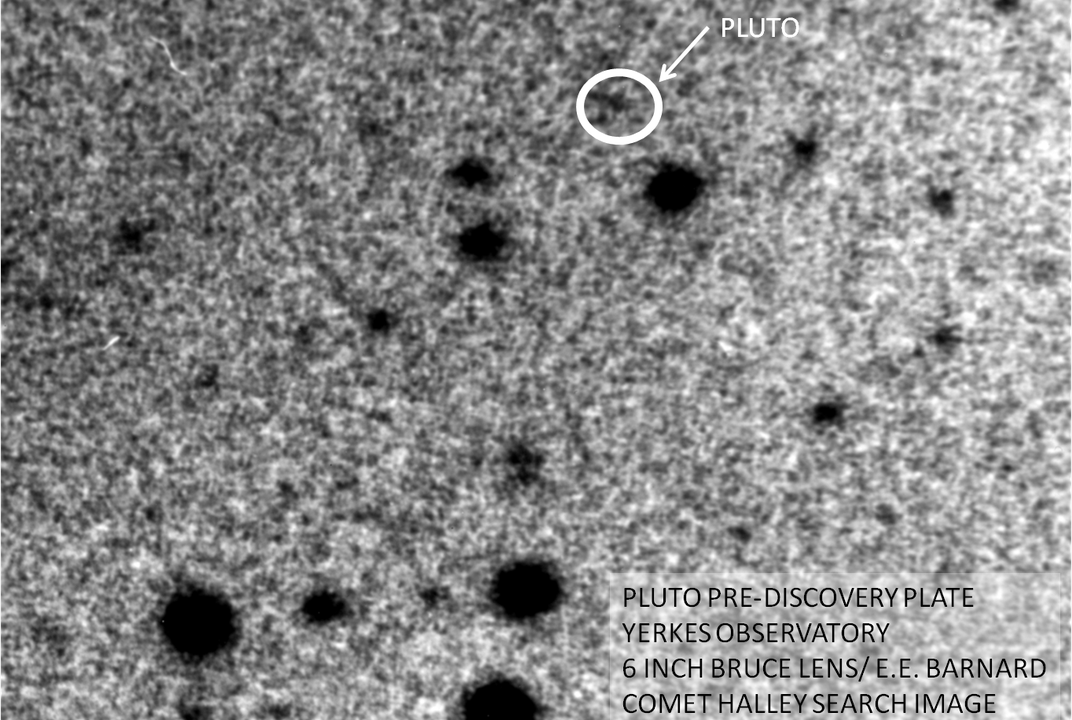
The most realistic chance to detect Pluto was missed by astronomers at the Lowell Observatory, who purposefully searched for planet X. In 1915, they twice photographed the area of the sky where the dwarf planet was at the time. Unfortunately, in one of the pictures, the image of Pluto was superimposed on a star, and in the other, it got on the plate defect. As a result, the discovery took place 15 years later.
The name “Pluto” was suggested by an 11-year-old girl
After the discovery of the new celestial body, various scientists have proposed a number of variants of its name. They included Zeus, Minerva, Cronus, and Percival — in honor of Percival Lowell, founder of the Lowell Observatory and the main sponsor of the search for planet X.

At the end of the day, the name proposed by 11-year-old Venice Bernie was chosen. When asked by her grandfather what she would call the new planet, the girl replied that if it is so far away and cold, it should be called “Pluto”, in honor of the Roman god of the underworld. Her grandfather liked this version so much that he told about it to a familiar professor of astronomy, who in turn passed it on to the staff of the Lowell Observatory. During the next vote to choose the name of the planet, they unanimously supported Pluto. This name not only corresponded to the ancient tradition of naming the planets in honor of the gods, but also paid tribute to Percival Lowell, as its first two letters corresponded to the initials of P.L.
The discovery of Pluto was made due to an error in the calculations
Because astronomers could not view Pluto’s disk even with the most powerful telescopes, it has been supposed for many decades that it was similar in mass to Earth, but had a very dark surface that reflected almost no light. That all changed in 1978, when American astrophysicist James Christie discovered that Pluto has at least one satellite (named Charon).
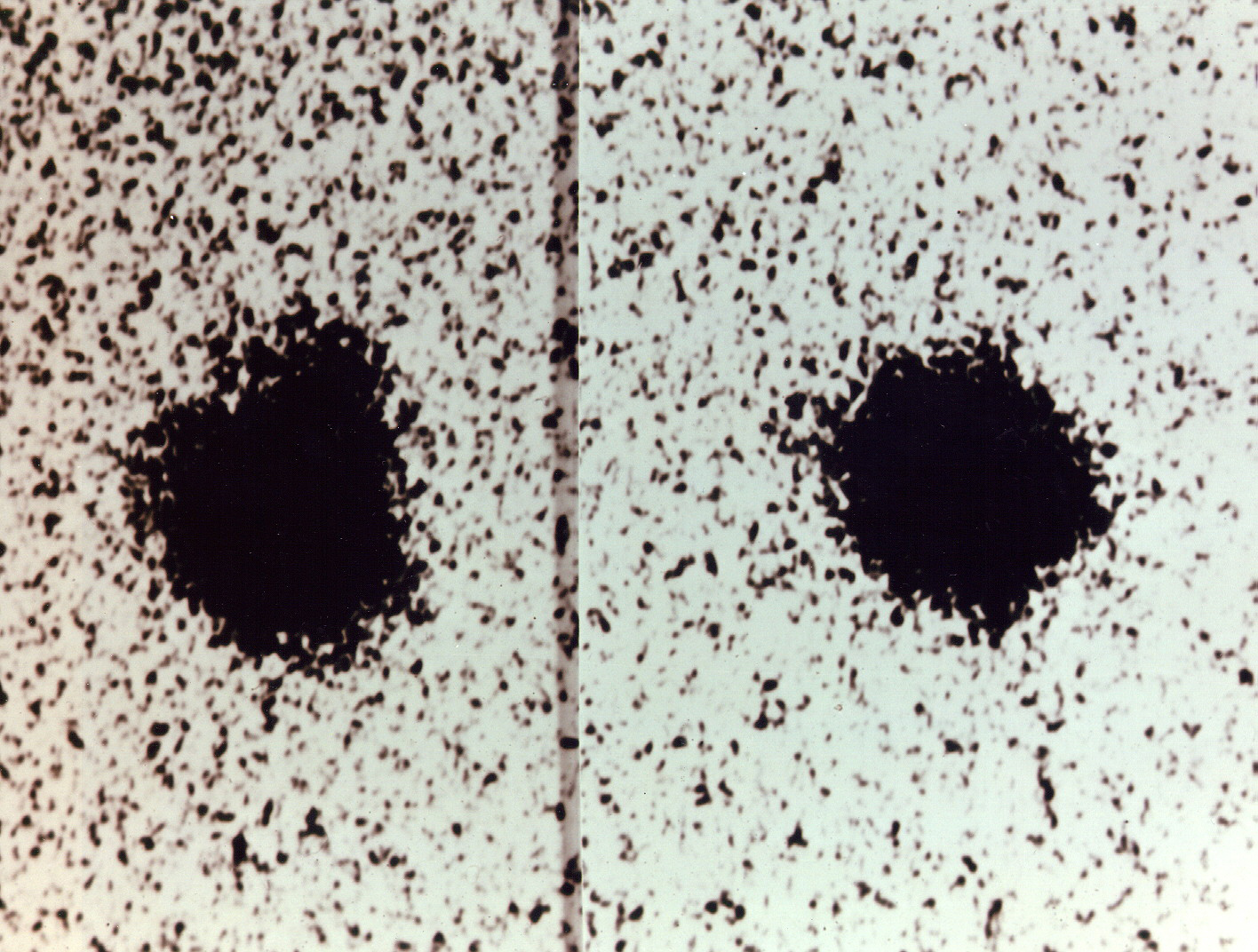
Thanks to discovery of Charon, astronomers were finally able to determine the mass of Pluto. It turned out to be 500 times lighter than the Earth. Thus, Pluto was not able to influence Uranus. The matter was cleared up in the next decade, when the Voyager 2 probe determined the mass of Neptune itself and found out that this parameter was initially estimated incorrectly. After the correction, it turned out that Uranus does not experience any incomprehensible influence from unknown bodies. This means that planet X in its traditional sense never existed, and the discovery of Pluto is a happy coincidence based on initially erroneous calculations.
Sometimes Pluto gets closer to the Sun than Neptune
Pluto’s orbit is very different from the orbits of planets of the solar system — it has a much greater eccentricity and inclination to the plane of the ecliptic. In aphelion it moves away from the Sun by 7.3 billion km, and in perihelion it approaches it by 4.4 billion km. This is less than the distance between the Sun and Neptune. Thus, during each turn, Pluto for some time gets closer to the Sun than Neptune. The previous such event took place since 1979 to 1999, the next time it will take place since 2227 to 2247.
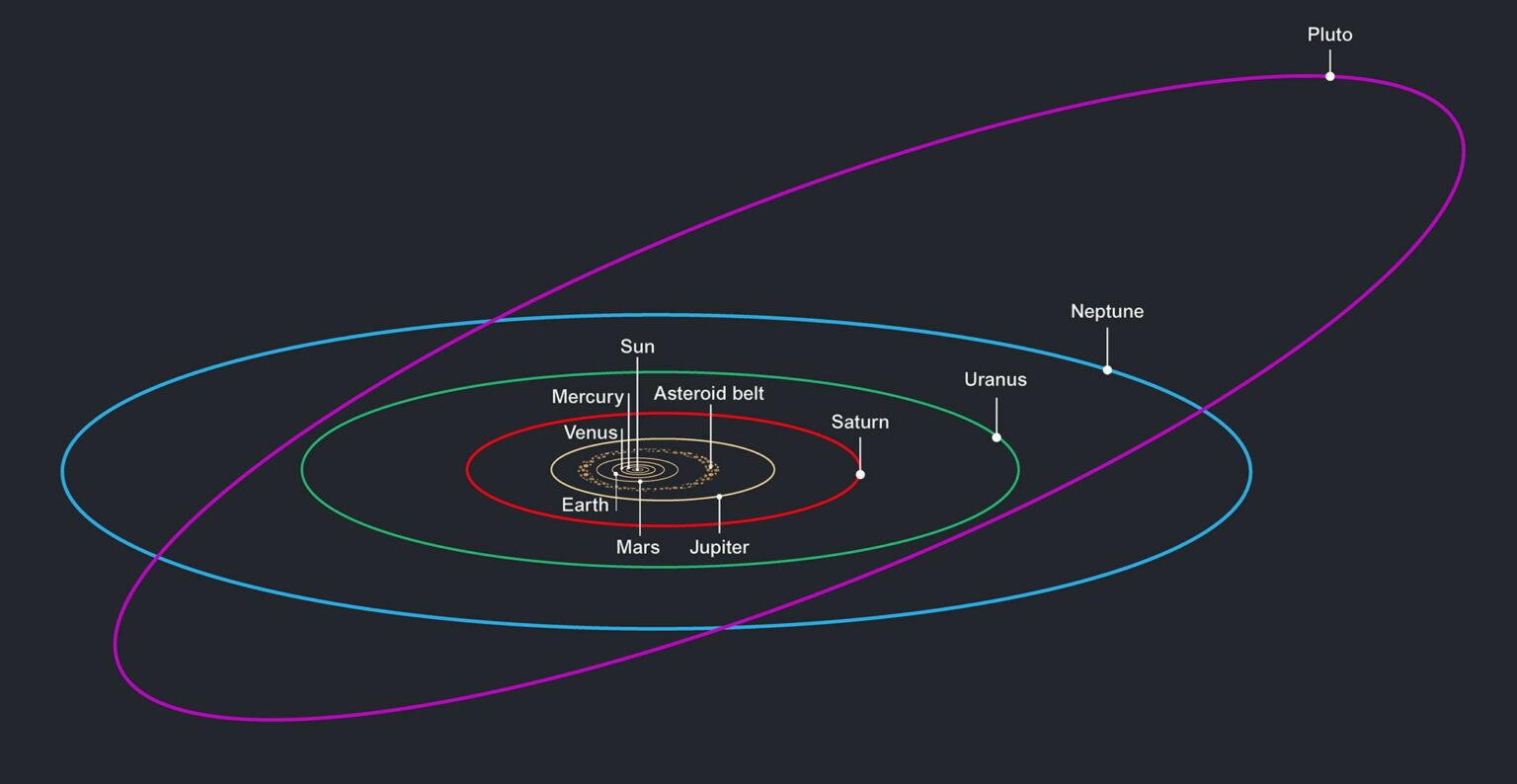
So far Pluto was visited by only one spacecraft
In its history, Pluto has so far been visited by only one spacecraft — the New Horizons probe. It was launched in January 2006 and reached its goal in July 2015. Interestingly, at the moment of the launch of New Horizons, Pluto still had the title of planet.
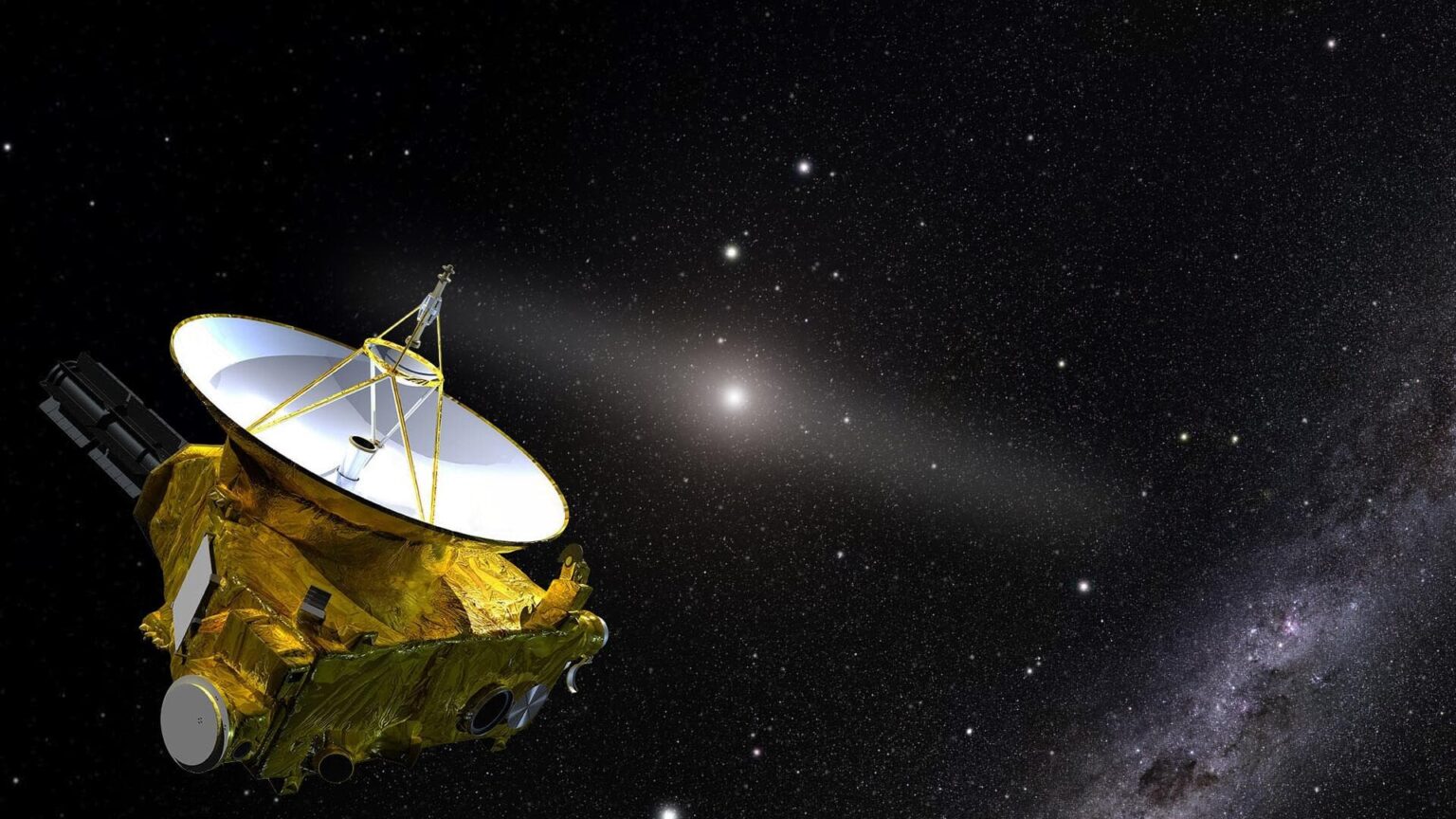
Pluto ceased to be considered a planet since 2006
The decision to remove Pluto from the list of planets was made at the IAC session in August 2006. It was caused by the discovery in the early 2000s of several trans-Neptunian objects, comparable to Pluto in size and mass. This posed a dilemma for astronomers — either to recognize all these bodies as planets, or to put them all into a new category and reclassify Pluto. As a result, the second option was chosen, and Pluto became a dwarf planet. It is worth noting that some scientists have not accepted the new classification and hope to reconsider the IAS decision in the future.
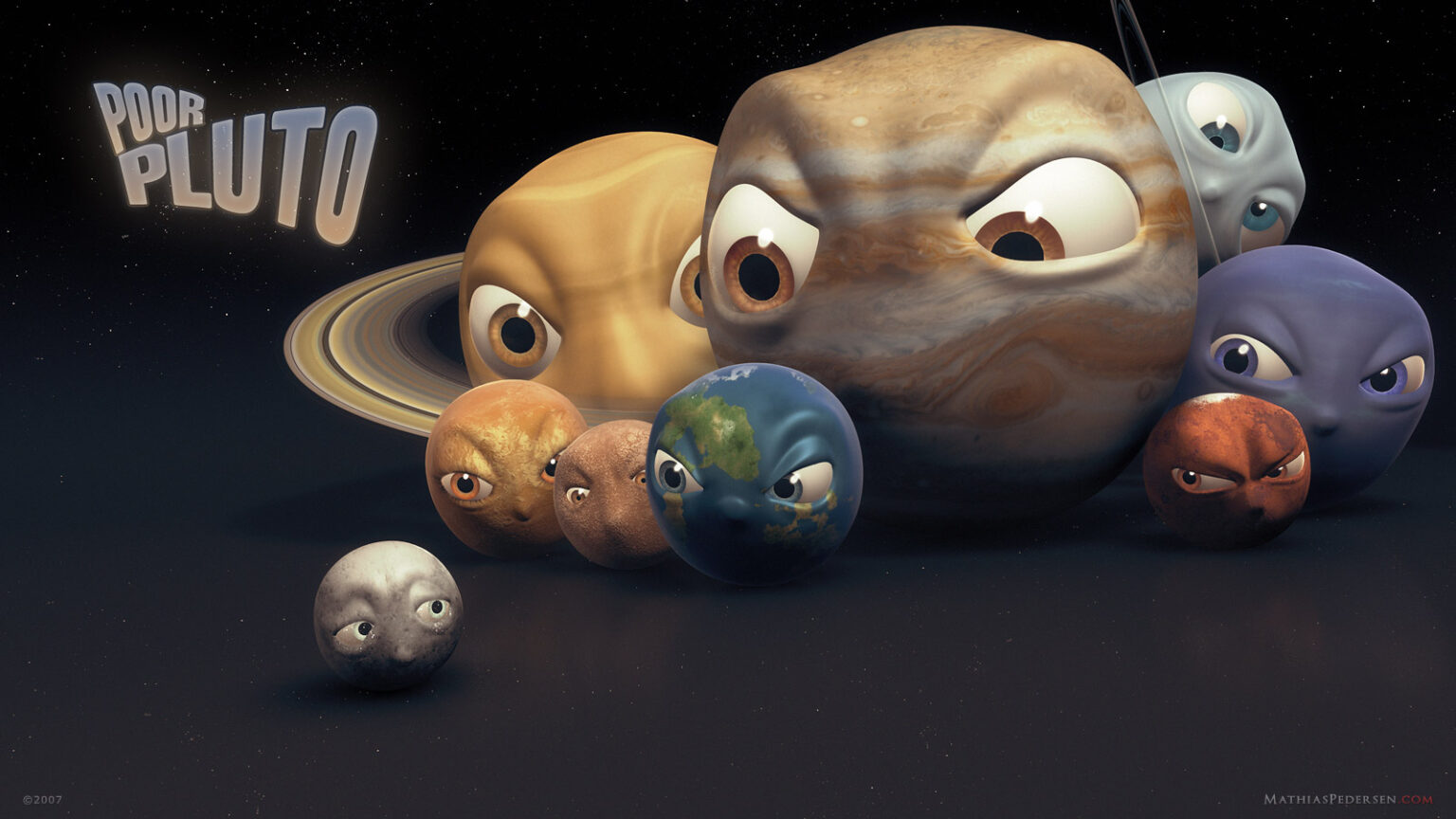
Pluto is smaller than the Moon
Thanks to New Horizons, scientists were able to determine the exact size of Pluto. The diameter of the dwarf planet is 2380 km. Its surface area is 17.7 million km2. Thus, Pluto is smaller than our Moon, whose diameter is 3480 km.
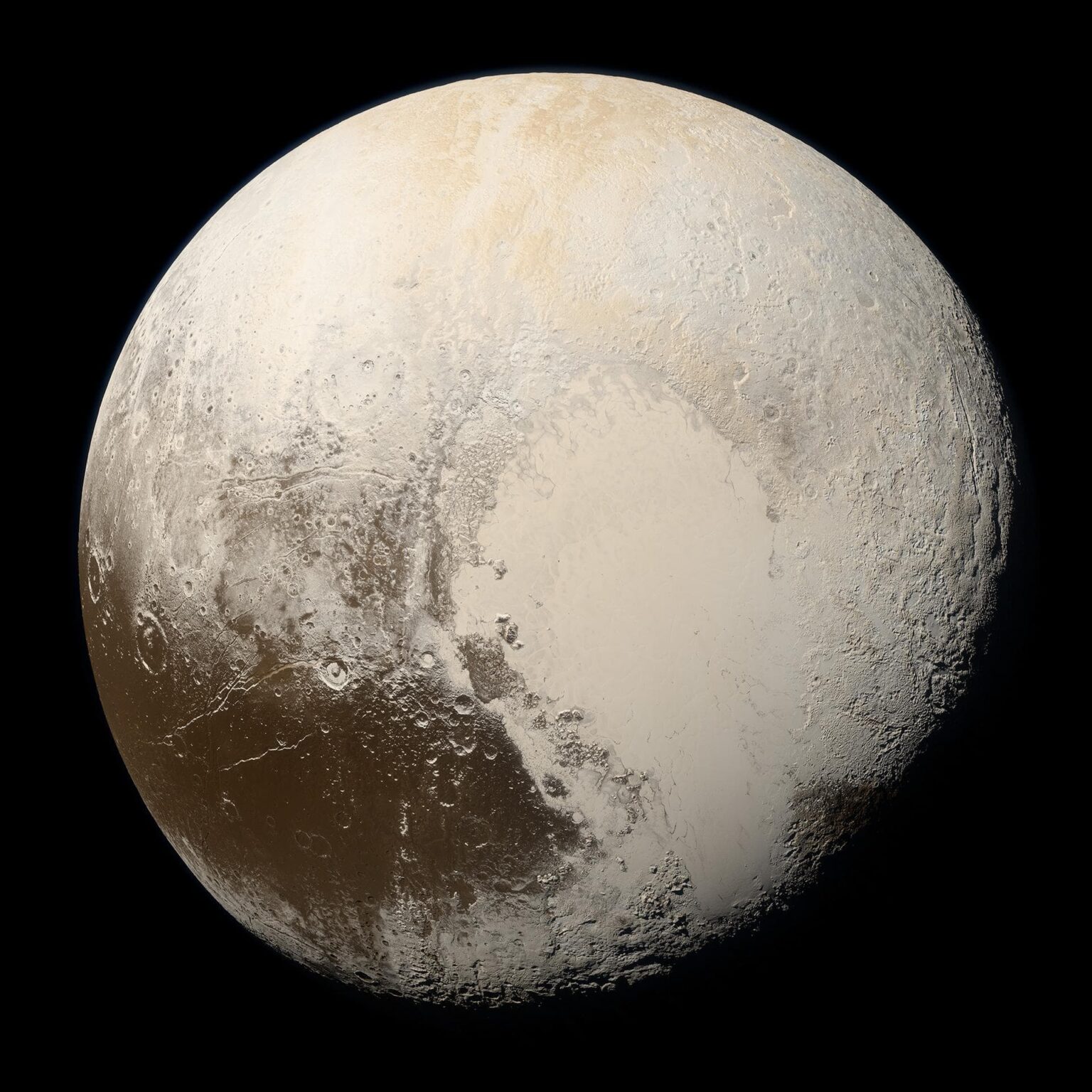
The sky on Pluto is blue
Despite its small size and mass, the dwarf planet has its own atmosphere. It is very rarefied and consists of gases that evaporate from surface ice (mainly nitrogen and methane). Under the influence of sunlight, they form more complex compounds that constitute a characteristic blue haze, reaching a height of 200 km.

Because Pluto receives 2.8 times less sunlight in the aphelion than in the perihelion, the pressure at its surface changes markedly during the local year. However, many details of this process are still unknown to scientists. According to some models, during the aphelion the gas blanket of Pluto completely freezes and condenses on its surface. According to other estimates, the dwarf planet still retains part of its atmosphere throughout the year.
Pluto has a “heart”
The main attraction of Pluto is its “heart” — a giant region of characteristic shape with a diameter of 1600 km, which is called Tombaugh region. Its western part is called the Sputnik plain. It is one of the most amazing formations in the entire solar system. The plain is covered with many plates formed of bright nitrogen ice. According to the most recognized version, this region is a giant impact crater, which later was filled with frozen gases from Pluto’s atmosphere.
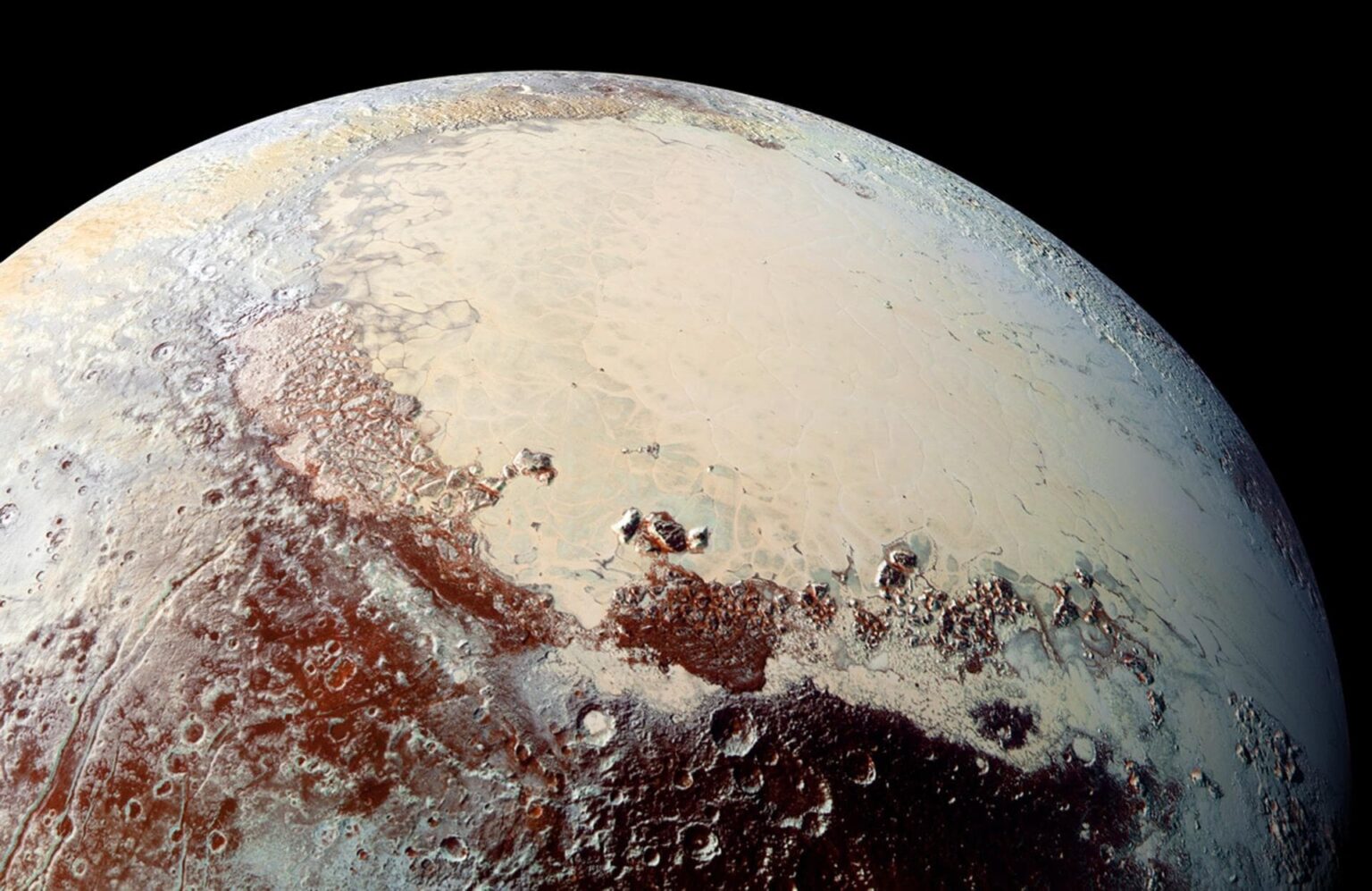
Pluto has five satellites
Astronomers currently know of five satellites of Pluto. The largest of these is Charon. Its diameter is 1200 km. The other four satellites are relatively small, irregularly shaped ice bodies. It is believed that these are wreckage left over from some ancient collision.
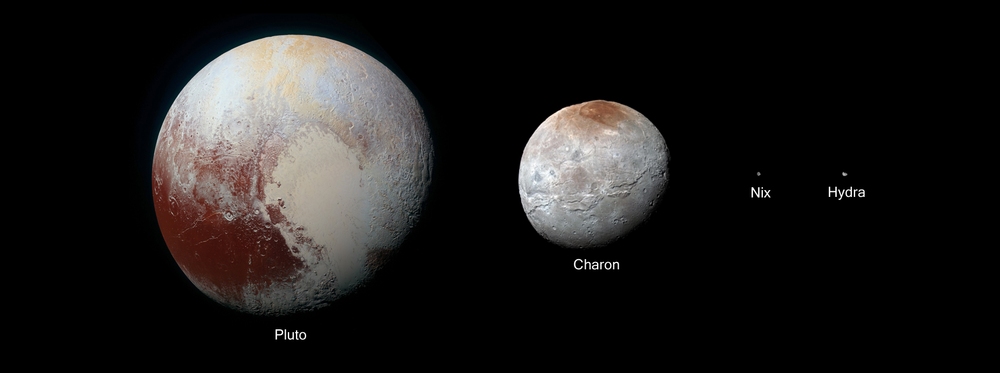
Pluto and Charon can be a dual system
Since the mass of Charon is only eight times less than the mass of Pluto, their common center of gravity is located outside the surface of Pluto. Therefore, the dwarf planet and its satellite revolve around a common point in space and are constantly facing each other with the same side. In addition, the distance between them is only 19.5 thousand km — twenty times less than the distance between the Earth and the Moon.
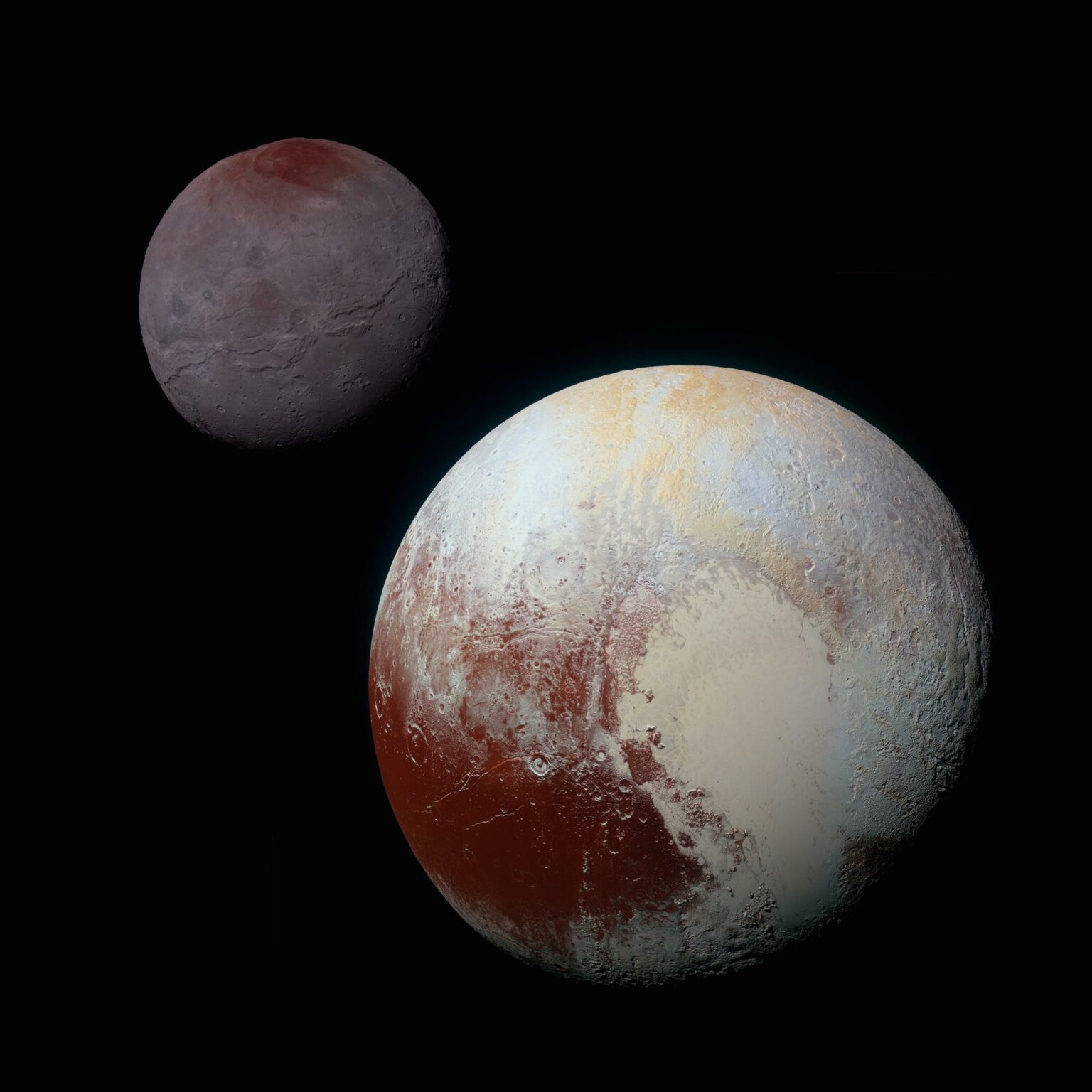
Based on these factors, some astronomers believe that it is more correct to consider Pluto and Charon not as a main body and its satellite, but as a binary (dual) system.

